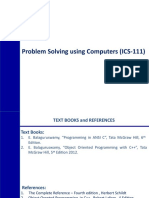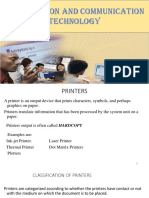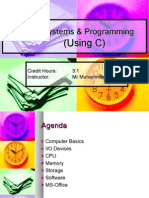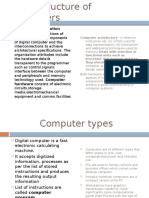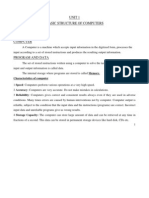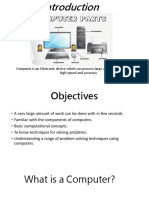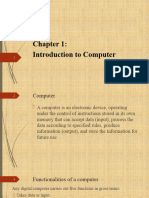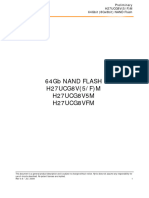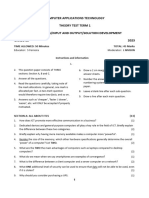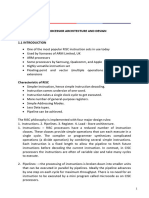0% found this document useful (0 votes)
10 views40 pagesUnit 1.0 Introduction To Computer Applications
The document provides an introduction to computers, defining key terms and components such as hardware, software, and the Central Processing Unit (CPU). It explains the roles of input and output units, memory types, and the classifications and generations of computers. Additionally, it covers various types of computers, including microcomputers, servers, minicomputers, and mainframes, detailing their characteristics and uses.
Uploaded by
olsen kalungaCopyright
© © All Rights Reserved
We take content rights seriously. If you suspect this is your content, claim it here.
Available Formats
Download as PDF, TXT or read online on Scribd
0% found this document useful (0 votes)
10 views40 pagesUnit 1.0 Introduction To Computer Applications
The document provides an introduction to computers, defining key terms and components such as hardware, software, and the Central Processing Unit (CPU). It explains the roles of input and output units, memory types, and the classifications and generations of computers. Additionally, it covers various types of computers, including microcomputers, servers, minicomputers, and mainframes, detailing their characteristics and uses.
Uploaded by
olsen kalungaCopyright
© © All Rights Reserved
We take content rights seriously. If you suspect this is your content, claim it here.
Available Formats
Download as PDF, TXT or read online on Scribd
/ 40

